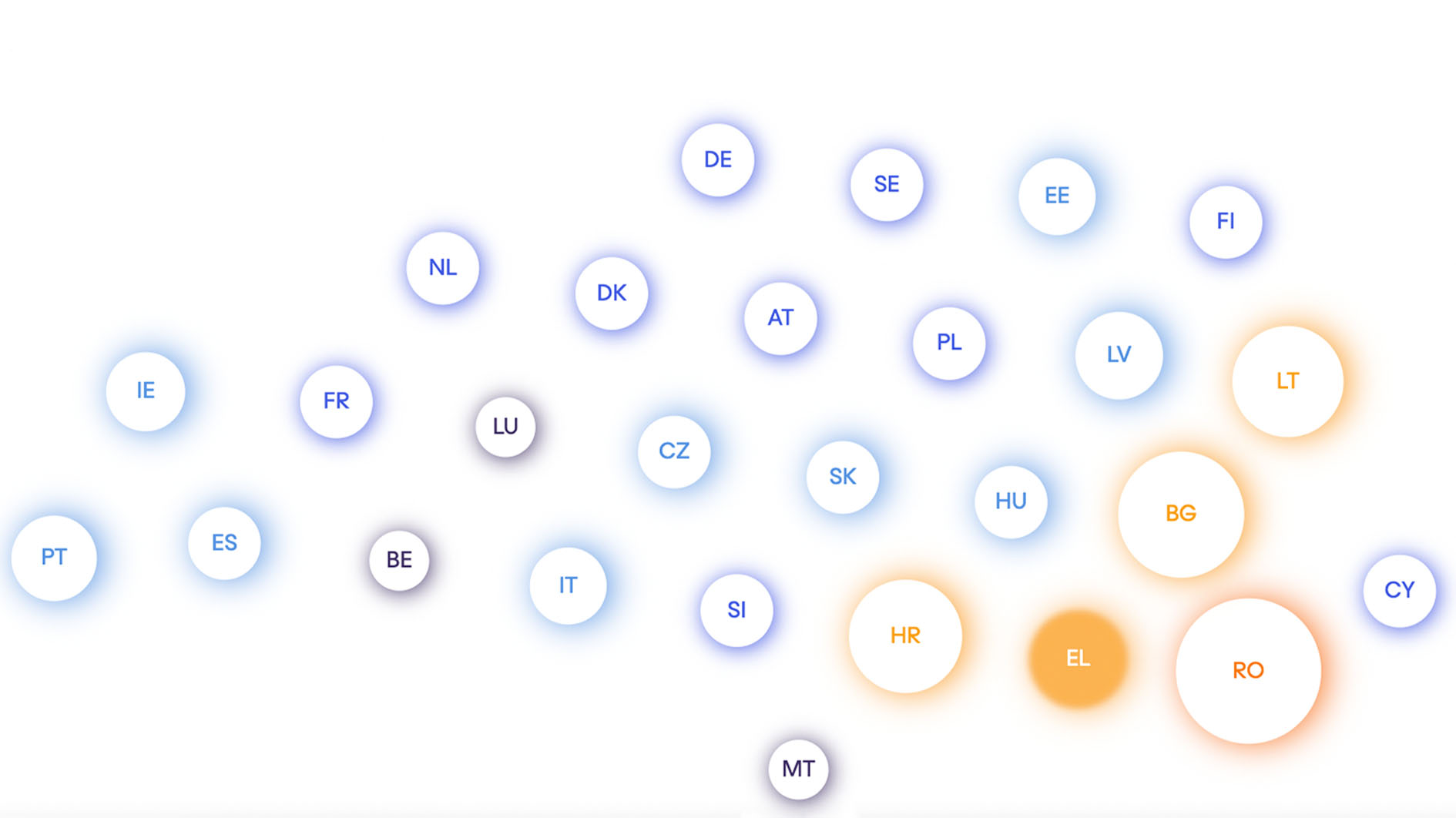The voter abstention “bomb”, over time, across Europe

A cross-border data journalism feature, led by Divergente with the assistance of twelve other journalistic organizations—members of the European Data Journalism Network (EDJNet)—studied voter abstention from all types of elections across Europe over the last 50 years. It examined voter turnout in relation to 16 socio-economic indicators, analyzing a total of 697 elections in the 27 Member States from 1974 to 2023.
Gun Violence: Thinking out of the box to take on a public health epidemic

Doctors, activists, professors, and lawyers at the frontlines of America’s gun crisis - several of whom took part in SNF Nostos 2023 - talk about the reasons behind the spike in violence and what needs to be done about it
The pre-election discourse, the post-election environment and artificial intelligence in political analysis

Nine experts from the fields of political science and communication, computer science and journalism write about the post-election political scene, the campaigns leading up to the elections and the contribution of artificial intelligence to political analysis and journalism.
The future of artificial intelligence in political analysis

Computer science Professor Nick Bassiliades provides insights on iMEdD Lab's research on the analysis of pre-election political discourse.
ChatGPT as a journalistic source

A journalist discusses the role of artificial intelligence in the everyday life of journalists.
Political discourse and the art of persuasion

Insights on the campaign speeches leading up to the 2023 double elections
Negative sentiment at the extremes of the political spectrum

The dynamics and fluctuations of sentiment in the speeches delivered by political leaders.
The political realignment on the right – far right axis

The 2023 Greek national elections as a turning point in the political path of Greek democracy, the manifestations of the far-right phenomenon and the “patriotic” audience of the center-right.
Where journalism meets algorithms

Algorithms are revolutionizing data journalism, providing an unparalleled tool for power control. This way, they bring us closer to rebuilding lost trust with citizens.
